Home>Garden Essentials>When To Seed Lawn In NJ
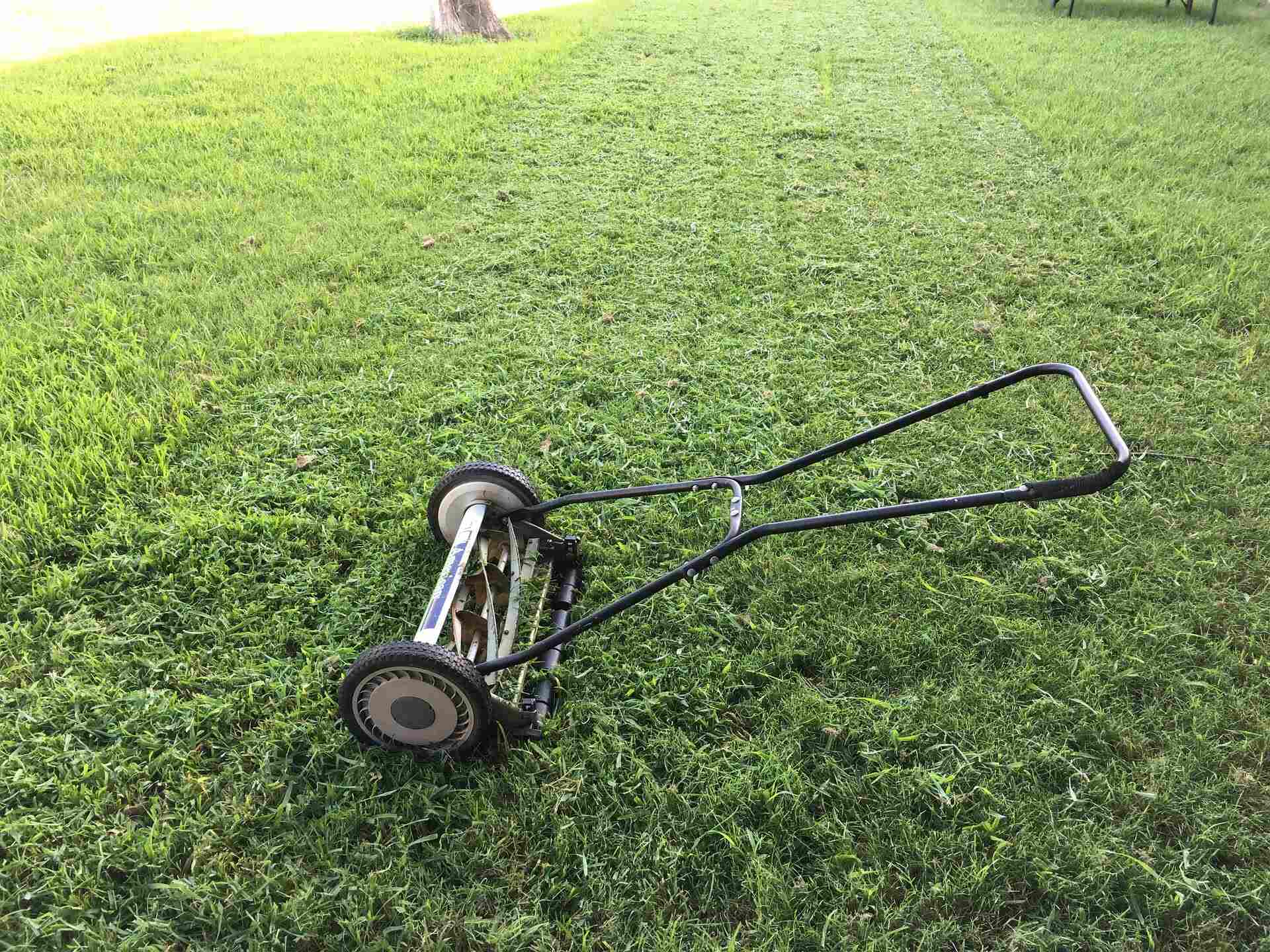

Garden Essentials
When To Seed Lawn In NJ
Modified: October 18, 2024
Looking to start a garden in New Jersey? Find out the best time to seed your lawn and get your garden growing!
(Many of the links in this article redirect to a specific reviewed product. Your purchase of these products through affiliate links helps to generate commission for Storables.com, at no extra cost. Learn more)
Introduction
Creating a lush and healthy lawn is a dream for many homeowners in New Jersey. Whether you have just purchased a new property or want to revitalize your existing lawn, knowing when to seed is crucial for a successful outcome. Seeding your lawn at the right time allows the grass to establish deep roots, ensuring its resilience against various weather conditions and promoting a vibrant, green lawn.
However, the timing for seeding lawns in New Jersey can vary depending on several factors. These factors include the climate and weather conditions in the region, the soil composition, and the type of grass best suited for NJ lawns. By considering these factors and following proper seeding techniques and lawn care practices, you can achieve a beautiful and thriving lawn.
In this article, we will explore the best time to seed lawns in New Jersey and provide useful tips and information on preparing and maintaining your lawn throughout the process. So, let’s get started and turn your lawn into a stunning green oasis!
Key Takeaways:
- Timing is crucial when seeding a lawn in New Jersey. Early fall or early spring provides the best conditions for successful grass establishment, ensuring a vibrant and healthy lawn.
- Proper soil preparation, choosing the right grass type, and following correct maintenance practices are essential for a thriving lawn in New Jersey. Avoid common mistakes and invest time and effort for a lush landscape.
Read more: When To Seed Lawn In Nc
Factors to Consider before Seeding
Before you start seeding your lawn in New Jersey, it’s essential to consider a few factors that can significantly impact the success of your endeavor. Taking these factors into account will help you make informed decisions to ensure optimal growth and health for your new grass.
Climate and Weather Conditions in NJ: Understanding the climate and weather patterns in New Jersey is crucial when planning to seed your lawn. NJ experiences a temperate climate characterized by hot summers and cold winters. It’s essential to choose grass varieties that are well-suited to this climate and can withstand the temperature extremes. Additionally, consider the average rainfall and humidity levels in your area, as this will impact the watering needs of your grass.
Soil Conditions: The health of your soil is another important factor to consider before seeding your lawn. Conduct a soil test to determine its pH level, nutrient content, and compaction. This will help you determine if any amendments, such as adding lime or organic matter, are needed to create an optimal environment for seed germination and root development.
Choosing the Right Grass Type for NJ Lawns: New Jersey lawns typically consist of cool-season grasses, which are more suited to the region’s climate. Common cool-season grasses in NJ include Kentucky Bluegrass, Perennial Ryegrass, and Fine Fescue. Each grass variety has its own characteristics, such as drought tolerance, shade tolerance, and maintenance requirements. Consider your specific lawn conditions and preferences to choose the grass type that best suits your needs.
Best Time of Year to Seed Lawns in NJ: The timing of seeding is critical for successful establishment and growth of your lawn. While early fall is often considered the best time to seed lawns in New Jersey, late summer and early spring also offer favorable conditions for germination and root development. These timings allow the grass to establish before the winter or summer stress sets in.
By taking these factors into account, you can make informed decisions about when and how to seed your lawn. In the next sections, we will delve deeper into the best time of year to seed lawns in NJ and provide step-by-step guidance on preparing and maintaining your newly seeded lawn for optimal growth and beauty.
Climate and Weather Conditions in NJ
New Jersey experiences a temperate climate with distinct seasons. Understanding the climate and weather patterns in the region is essential when considering the best time to seed your lawn. By aligning your seeding activities with favorable weather conditions, you can give your grass the best chance of successful establishment and growth.
In New Jersey, summers can be hot and humid, with temperatures exceeding 90°F (32°C) at times. The heat and humidity can place stress on newly seeded grass, making it more challenging for the seeds to germinate and establish. It is advisable to avoid seeding during the peak summer months, as the extreme heat can hinder the growth process.
On the other hand, New Jersey winters can be cold, with temperatures frequently dropping below freezing. Severe winter weather, including heavy snowfall and freezing temperatures, can also impact the success of newly seeded lawns. It’s important to ensure that the grass has enough time to establish before the onset of winter, allowing the roots to develop and withstand the harsh conditions.
Considering these seasonal challenges, the ideal time to seed lawns in New Jersey is during the early fall, typically from late August to early October. This timing allows the grass to establish before the cool temperatures of winter arrive. The cooler temperatures and increased rainfall during the fall season create favorable conditions for seed germination and root development.
Another viable option for seeding lawns is during the early spring, from late March to early May. The moderate temperatures and increased daylight hours of spring stimulate grass growth and facilitate root development. Seeding in spring also enables the grass to establish before the hot summer months, ensuring its resilience during the more challenging months.
It’s important to stay updated on the local weather forecasts and conditions when planning to seed your lawn. An extended period of heavy rain or drought can impact the success of seed germination and root development. Adjust your seeding schedule accordingly, ensuring you have a good balance of moisture and temperature for optimal growth.
By understanding the climate and weather conditions in New Jersey and carefully selecting the appropriate timing for seeding, you can set your lawn up for success. In the next sections, we will explore the steps to prepare your lawn for seeding and share effective techniques for seeding lawns in the Garden State.
Soil Conditions
The health and quality of your soil play a crucial role in the success of your newly seeded lawn. Before seeding, it’s essential to assess the soil conditions in your lawn and make any necessary amendments to create an optimal environment for seed germination and root development.
One of the first steps in evaluating soil conditions is to conduct a soil test. A soil test will provide valuable information about the pH level, nutrient content, and compaction of your soil. You can obtain a soil testing kit from your local cooperative extension service or hire a professional soil testing laboratory to analyze your soil samples.
Based on the results of the soil test, you can determine if any amendments are needed to improve your soil’s health and fertility. Here are a few aspects of soil conditions to consider:
pH Level: The pH level of your soil indicates its acidity or alkalinity. Most grasses prefer a slightly acidic soil with a pH level between 6.0 and 7.0. If your soil pH is too low (acidic) or too high (alkaline), you may need to adjust it by adding lime (to raise pH) or sulfur (to lower pH).
Nutrient Content: Nutrient deficiencies or imbalances can hinder the growth of your grass. The soil test will provide information about the levels of essential nutrients such as nitrogen (N), phosphorus (P), and potassium (K). Based on the results, you can add fertilizers or organic matter to replenish any deficiencies and create a nutrient-rich soil environment.
Compaction: Compacted soil can prevent proper root growth and restrict water and nutrient absorption. If your soil feels hard and compacted, consider aerating the lawn to loosen the soil and improve its structure. Aerating involves creating small holes in the soil, allowing air, water, and nutrients to penetrate more easily.
In addition to these soil conditions, it’s important to ensure that your soil has a suitable texture for seed germination and root development. Ideally, your soil should be well-drained, retaining enough moisture for the seeds to germinate but not becoming overly saturated. Sandy soils tend to drain too quickly, while clay soils can hold excessive water. Adding organic matter such as compost or peat moss can help improve soil texture and water retention.
By addressing any soil deficiencies, improving soil structure, and ensuring proper drainage, you can create an optimal environment for your newly seeded lawn to thrive. In the next sections, we will discuss the best grass types for NJ lawns and the steps to prepare your lawn for seeding.
Choosing the Right Grass Type for NJ Lawns
New Jersey lawns typically consist of cool-season grasses, which are best suited to the region’s climate and weather conditions. When selecting the right grass type for your lawn, consider factors such as maintenance requirements, drought tolerance, shade tolerance, and overall appearance.
Here are some common cool-season grasses suitable for NJ lawns:
- Kentucky Bluegrass: Known for its attractive appearance and ability to self-repair, Kentucky Bluegrass is a popular choice for lawns in New Jersey. It has a fine texture and rich green color, making it aesthetically pleasing. Kentucky Bluegrass performs best in full sun to partial shade and requires regular watering and maintenance.
- Perennial Ryegrass: Perennial Ryegrass is a fast-growing grass that provides a lush and dense lawn. It has excellent wear resistance and tolerance to heavy foot traffic, making it suitable for active lawns. Perennial Ryegrass thrives in cooler temperatures and requires regular watering and fertilization.
- Fine Fescue: Fine Fescue is a group of grass species known for their shade tolerance and low maintenance requirements. Fine Fescue varieties include Chewings Fescue, Creeping Red Fescue, and Hard Fescue. These grasses have a fine texture, perform well in shady areas, and require less water and fertilizer compared to other grass types.
It’s important to consider the specific conditions of your lawn when selecting a grass type. Assess factors such as sun exposure, soil composition, and susceptibility to disease or pests. Additionally, consider your maintenance preferences and available time for lawn care. Some grass types may require more frequent mowing, watering, and fertilization, while others are more low-maintenance.
For areas with heavy shade, such as under trees or near buildings, consider using shade-tolerant grass seed blends or mixtures. These blends are specifically formulated to thrive in low light conditions and can help create a lush lawn despite limited sun exposure.
When purchasing grass seed, be sure to choose high-quality certified seed varieties specifically formulated for New Jersey lawns. These certified seeds are tested for quality, purity, and germination rate, ensuring the best chance of successful establishment and growth.
By selecting the right grass type for your NJ lawn, you can create a beautiful and resilient turf that thrives in the local climate and withstands the challenges of the seasons. In the next sections, we will discuss the best time of year to seed your lawn in New Jersey and provide step-by-step guidance on lawn preparation and seeding techniques.
Read more: When To Seed Lawn In Colorado
Best Time of Year to Seed Lawns in NJ
Choosing the right time to seed your lawn is essential for successful establishment and growth. In New Jersey, the timing for seeding lawns depends on the climate, weather conditions, and the specific grass type you have chosen. By seeding at the optimal time, you can provide the best conditions for seed germination and ensure a healthy and vibrant lawn.
The two primary recommended times to seed lawns in New Jersey are during the early fall and the early spring. Let’s explore both options in more detail:
Early Fall (Late August to Early October): Fall is generally considered the best time to seed lawns in New Jersey. The cooler temperatures, reduced weed competition, and increased rainfall during this season create ideal conditions for seed germination and root development. The soil is still warm from summer, which helps the grass seeds to establish quickly. By seeding in early fall, the grass has enough time to develop deep roots before the winter freeze sets in. This gives the grass a head start and allows it to thrive in the following seasons.
Early Spring (Late March to Early May): If you missed the fall seeding window, another suitable time to seed lawns in NJ is during the early spring. As temperatures begin to rise and daylight hours increase, grass growth becomes more active. Seeding in early spring allows the grass to take advantage of the favorable conditions for rapid germination and establishment. However, it’s important to seed early enough so that the grass has sufficient time to establish strong roots before the summer heat arrives.
When determining the exact timing for seeding, consider the specific grass type you have chosen for your lawn. Some grasses, such as Kentucky Bluegrass, benefit from fall seeding as they require a longer growing season to establish. Others, like Perennial Ryegrass, can be successfully seeded in both fall and spring. Fine Fescue varieties are more adaptable and can be seeded in either season, depending on your preference.
To make the most of the optimal seeding windows, keep an eye on the local weather forecast. Aim to seed when the soil is moist but not overly saturated. Avoid seeding during periods of heavy rainfall or drought, as extreme moisture conditions can hinder seed germination and establishment.
By seeding your lawn at the appropriate time, you provide the best chance for your grass seeds to sprout, establish strong roots, and develop into a healthy, lush lawn. In the next sections, we will discuss the steps you need to take to prepare your lawn for seeding and the techniques for successful seeding in New Jersey.
The best time to seed a lawn in NJ is in the late summer or early fall, typically between mid-August and mid-September. This allows the seeds to establish before the winter and gives them a head start for the following spring.
Steps to Prepare Your Lawn for Seeding
Proper preparation is key when it comes to seeding a new lawn or overseeding an existing one. The condition of your lawn and the soil will greatly impact the success of seed germination and the establishment of healthy grass. Here are the essential steps to prepare your lawn for seeding in New Jersey:
- Clear the Area: Start by clearing any debris, weeds, or existing vegetation from the area where you plan to seed. This can be done by manually removing weeds or using an herbicide to kill existing grass and weeds. Ensure the area is clean and free from any obstruction that may hinder seed germination and growth.
- Test and Improve the Soil: Perform a soil test to determine the pH level, nutrient content, and soil structure. Based on the results, amend the soil as needed. Adjust the pH level by adding lime or sulfur to the soil, following the recommended dosage. Additionally, add organic matter such as compost or peat moss to improve soil texture and fertility. Rake the soil to level it and remove any debris.
- Aerate the Soil: If your soil is compacted, it is essential to aerate it to improve water and nutrient penetration. You can rent an aerator or hire a professional to perform this task. Aerating involves creating small holes in the soil, allowing air, water, and nutrients to reach the grass roots more effectively.
- Address Drainage Issues: If your lawn has drainage issues, such as pooling water or runoff, it’s important to address them before seeding. You may need to regrade the lawn to improve the slope and allow proper water drainage. Alternatively, you can install a drainage system, such as French drains, to redirect excess water away from the lawn area.
- Loosen the Soil: Before seeding, loosen the top layer of soil by using a rake or a garden tiller. This will create a loose and receptive bed for the grass seeds to establish. Avoid disturbing the soil too much, as excessive digging or tilling can disrupt the existing soil structure.
- Prep for Weed Control: It’s important to control and prevent weed growth when seeding your lawn. Consider applying a pre-emergent herbicide to inhibit weed germination. Follow the instructions on the herbicide packaging carefully, as timing is crucial to maximize effectiveness.
- Overseed or Sow the Seeds: Now that your lawn is prepared, it’s time to sow the grass seeds. Follow the recommended seeding rates for the specific grass type you have chosen. Spread the seeds evenly over the prepared area using a broadcast spreader or a handheld spreader. For overseeding, ensure that the seeds make good contact with the soil by lightly raking or rolling the area.
- Water and Maintain: After seeding, water the area thoroughly to moisten the soil and promote germination. Keep the soil consistently moist, watering lightly multiple times a day to prevent drying out. Be cautious not to overwater, as it can lead to rot or fungal diseases. As the grass starts to grow, gradually reduce the watering frequency but increase the amount of water applied to encourage deep root development.
- Maintain Regular Care: Once the grass is established, continue with regular care and maintenance practices such as mowing, fertilizing, and watering as needed. Follow recommended guidelines for your specific grass type to ensure its health and longevity.
By following these steps and taking the time to properly prepare your lawn for seeding, you increase the chances of successful grass establishment and a healthy, vibrant lawn. In the next sections, we will discuss different seeding techniques for New Jersey lawns and provide tips for proper maintenance and care of your newly seeded lawn.
Seeding Techniques for NJ Lawns
When it comes to seeding your lawn in New Jersey, employing the right techniques can greatly enhance the success of seed germination and establishment. Here are some effective seeding techniques to consider for your NJ lawn:
- Choose High-Quality Grass Seed: Start by selecting high-quality grass seed that is specifically formulated for New Jersey lawns. Look for certified seed varieties that have been tested for purity, germination rate, and quality. This will ensure that you are working with seeds that have the best chance of successful establishment.
- Properly Calculate Seeding Rates: Follow the recommended seeding rates for the specific grass type you have chosen. Over-seeding can lead to crowded competition between seedlings, while under-seeding may result in patchy areas. By calculating the seeding rates accurately, you can achieve a uniformly dense and healthy lawn.
- Use Proper Seeding Techniques: To distribute the grass seeds evenly, consider using a broadcast spreader or a handheld spreader. This will help ensure that the seeds are dispersed uniformly over the prepared area. For small patches or hard-to-reach areas, you can also choose to hand-sow the seeds by evenly casting them with your hand.
- Overseed Bare or Thinning Areas: If your lawn has bare spots or thinning areas, it’s important to overseed during the seeding process. Overseeding involves spreading additional grass seeds over the existing lawn to fill in any gaps and promote a denser turf. Lightly rake the area after overseeding to ensure good seed-to-soil contact.
- Consider Hydroseeding: Hydroseeding is an effective technique for covering large areas or slopes. It involves spraying a mixture of grass seed, water, fertilizer, and a protective mulch over the prepared soil. Hydroseeding provides excellent seed-to-soil contact and helps retain moisture for optimal germination.
- Top-Dress with Compost: After seeding, consider top-dressing the area with a thin layer of compost. This will help improve soil structure, retain moisture, and provide additional nutrients to support seed germination and early growth. Avoid using too much compost, as it may suffocate the seeds or hinder their establishment.
- Mulch the Seeded Area: Applying a layer of mulch over the seeded area can help retain moisture, regulate soil temperature, and protect the seeds from birds or erosion. Choose a light layer of straw, hay, or wood chips and apply it evenly over the seeded area. As the grass starts to grow, gradually remove the mulch to allow proper sunlight and airflow.
- Water Properly: Proper watering is crucial for seed germination. Water the seeded area immediately after seeding to moisten the soil. Keep the soil consistently moist but not waterlogged, as excessive moisture can hinder germination and encourage disease. Water lightly multiple times a day, especially in the first few weeks, to prevent drying out.
- Practice Regular Maintenance: Once the grass starts to grow, continue with regular maintenance practices such as mowing, fertilizing, and weed control. Follow the recommended guidelines for your specific grass type to ensure a healthy and thriving lawn.
By applying these seeding techniques, you can improve the chances of successful seed germination, optimize grass establishment, and achieve a lush and healthy lawn in New Jersey. In the next section, we will discuss the proper maintenance and care for newly seeded lawns to ensure their long-term health and beauty.
Proper Maintenance and Care for Newly Seeded Lawns
After seeding your lawn in New Jersey, it’s important to provide proper maintenance and care to ensure the healthy establishment and growth of your grass. Follow these guidelines for maintaining and nurturing your newly seeded lawn:
- Watering: Proper watering is critical during the early stages of seed germination and establishment. Keep the soil consistently moist but not waterlogged. Water lightly multiple times a day, especially in the first few weeks, to prevent drying out. As the grass starts to grow, gradually reduce the watering frequency but increase the amount of water applied to encourage deep root development.
- Mowing: Wait until the new grass reaches a height of about 3 to 4 inches before the first mowing. Set your mower at a higher setting to avoid cutting the grass too short, as it can stress the new seedlings. Never remove more than one-third of the grass height with each mowing. Regular mowing encourages thickening of the grass and promotes overall health.
- Fertilizing: Avoid fertilizing your newly seeded lawn until the grass has established and you have completed a few mowings. Applying fertilizer too early can potentially burn the young grass seedlings. Once the grass has established, follow a regular fertilization schedule as recommended for your specific grass type, usually in early spring and fall.
- Weed Control: Keep an eye out for weeds that may compete with the new grass for nutrients and sunlight. Spot-treat any weeds that appear, making sure to use herbicides that are safe for newly seeded lawns. Avoid using broad-spectrum herbicides that can harm the new grass. Regular mowing and proper lawn care practices can also help suppress weed growth.
- Pest Control: Monitor your newly seeded lawn for any signs of pests such as grubs, insects, or diseases. If you notice any issues, consult with a professional or your local cooperative extension service to identify the problem and determine the appropriate treatments. Prompt action can prevent damage to your young grass and ensure its healthy growth.
- Avoid Heavy Foot Traffic: Restrict foot traffic on your newly seeded lawn until the grass has established strong root systems. Stepping on the fragile seedlings can prevent proper growth and establishment. Consider placing temporary signage or barriers to remind family members and visitors to avoid walking on the newly seeded areas.
- Proper Irrigation: Adjust your irrigation schedule as the new grass matures. Gradually transition your watering routine to a deeper and less frequent schedule to encourage deep root growth and resilience. Water the lawn early in the morning to allow the grass blades to dry before nighttime, reducing the chances of disease development.
- Monitor for Disease: Keep an eye out for any signs of disease or stress in your newly seeded lawn. Common lawn diseases such as brown patch or dollar spot can hinder the growth and health of the grass. If you notice any unusual patches, discoloration, or thinning, consult with a professional to identify and address the issue promptly.
By providing proper maintenance and care for your newly seeded lawn, you can help ensure its long-term health and vibrancy. Remember, each lawn is unique, so adjust your maintenance practices according to the specific needs and requirements of your grass type. With time and regular care, you will be rewarded with a lush and beautiful lawn in New Jersey.
Now that you have learned about proper maintenance and care for newly seeded lawns, let’s move on to discussing common mistakes to avoid when seeding lawns in New Jersey.
Read more: When To Seed Lawn In Texas
Common Mistakes to Avoid when Seeding Lawns in NJ
When it comes to seeding lawns in New Jersey, avoiding common mistakes can greatly contribute to the success and health of your grass. By being aware of these mistakes, you can ensure that you are taking the right steps to establish a beautiful and thriving lawn. Here are some common mistakes to avoid:
- Timing: Seeding your lawn at the wrong time can significantly impact the success of seed germination. Avoid seeding during the peak summer months when the extreme heat and humidity can hinder the growth process. Opt for seeding in the early fall or early spring, when temperatures and moisture levels are suitable for seed establishment.
- Poor Soil Preparation: Inadequate soil preparation is a costly mistake when it comes to seeding your lawn. Neglecting to conduct a soil test or failing to address soil deficiencies can result in poor seed germination and weak grass growth. Take the time to amend your soil, adjust pH levels, and improve soil fertility before seeding.
- Over- or Under-Seeding: Incorrect seeding rates can lead to uneven growth and suboptimal lawn density. Over-seeding can cause overcrowding and result in weaker grass, while under-seeding can lead to patchy areas. Follow the recommended seeding rates for your specific grass type to achieve an even and healthy lawn.
- Improper Watering: Inconsistent or overwatering is a common mistake made during the early stages of lawn establishment. Proper watering is essential for seed germination and root development. Avoid allowing the soil to dry out or become waterlogged. Water lightly multiple times a day to keep the soil consistently moist, gradually adjusting the watering frequency as the grass matures.
- Mowing Too Soon: Patience is key when it comes to mowing a newly seeded lawn. Avoid the temptation to mow too soon, as it can cause damage to the delicate seedlings. Wait until the grass reaches a height of about 3 to 4 inches before the first mowing. Mow at a higher setting, never removing more than one-third of the grass height at a time.
- Neglecting Maintenance Practices: Proper lawn care and maintenance are crucial for the long-term health of your grass. Neglecting regular mowing, fertilizing, and weed control can lead to a weak and unhealthy lawn. Follow recommended maintenance practices for your specific grass type to ensure optimal growth and vitality.
- Ignoring Pest and Disease Control: Pests and diseases can wreak havoc on a newly seeded lawn if left unchecked. Monitor your lawn regularly for signs of pests or diseases, such as brown patches or insect damage. Take prompt action to identify the issue and implement appropriate treatments to protect your grass from further damage.
- Heavy Foot Traffic: Allowing heavy foot traffic on a newly seeded lawn can disrupt seed germination and hinder grass growth. Avoid walking or placing heavy objects on the newly seeded areas until the grass has established strong root systems. Place temporary signage or barriers to remind others to be cautious around the seeded areas.
By avoiding these common mistakes and paying careful attention to the timing, soil preparation, watering, maintenance, and protection of your newly seeded lawn, you can significantly increase the likelihood of achieving a vibrant and healthy lawn in New Jersey.
Now that you are aware of these common mistakes, you are better equipped to take the necessary steps to establish and maintain a thriving lawn. In the next section, we will conclude our discussion with a summary of the key points discussed and the importance of proper lawn care in New Jersey.
Conclusion
Seeding a lawn in New Jersey requires careful consideration of factors such as climate, soil conditions, grass type, and proper timing. By understanding these elements and following the correct techniques, you can establish a beautiful and healthy lawn that enhances the aesthetic appeal and value of your property.
When it comes to seeding your lawn, timing is crucial. Seeding during the early fall or early spring provides the best conditions for seed germination and root development. The cooler temperatures, increased rainfall, and reduced weed competition during these seasons contribute to the successful establishment of the grass.
Proper soil preparation is another vital aspect of seeding. Conduct a soil test to identify any deficiencies and amend the soil accordingly. Adjust the pH level, improve soil structure, and address drainage issues to create an optimal environment for seed germination and growth.
Choosing the right grass type for your New Jersey lawn is essential. Cool-season grasses such as Kentucky Bluegrass, Perennial Ryegrass, and Fine Fescue are well-suited to the region’s climate. Consider factors such as maintenance requirements, drought tolerance, shade tolerance, and overall appearance when deciding on the grass type.
Throughout the seeding process, proper maintenance and care are crucial. Adequate watering, regular mowing, fertilizing, and pest control are essential to ensure the health and vitality of your lawn. Avoid common mistakes such as improper timing, poor soil preparation, over- or under-seeding, and neglecting maintenance practices.
By following the right techniques and avoiding common pitfalls, you can establish a vibrant and resilient lawn in New Jersey. Remember to adjust your lawn care practices to the specific needs of your grass type and stay vigilant in monitoring for pests, diseases, and weed growth.
Investing time and effort into seeding and maintaining your lawn will reward you with a lush and healthy landscape. Enjoy the beauty and benefits of a well-cared-for lawn as you create an inviting outdoor space for your family and friends to enjoy in the Garden State.
Frequently Asked Questions about When To Seed Lawn In NJ
Was this page helpful?
At Storables.com, we guarantee accurate and reliable information. Our content, validated by Expert Board Contributors, is crafted following stringent Editorial Policies. We're committed to providing you with well-researched, expert-backed insights for all your informational needs.
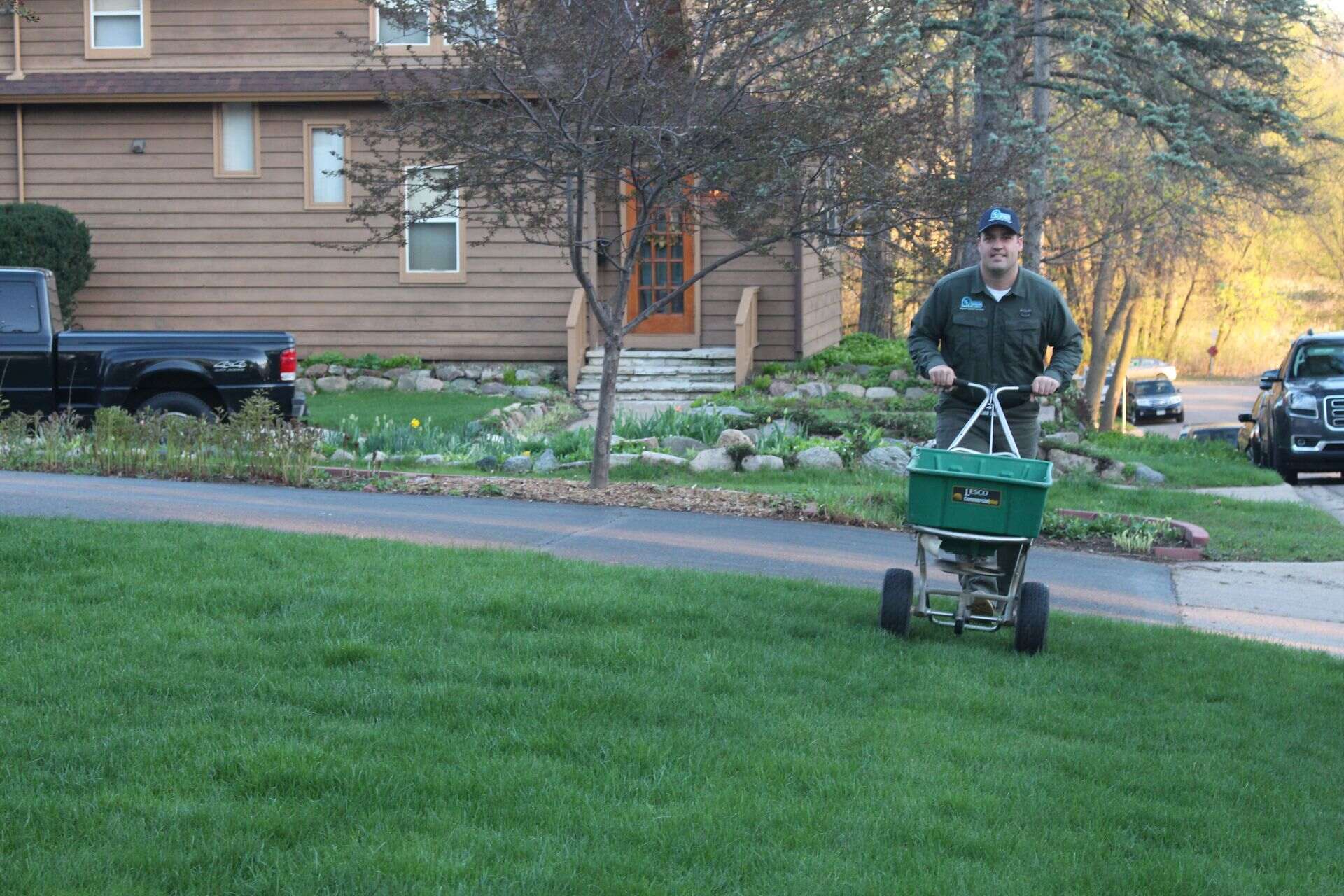
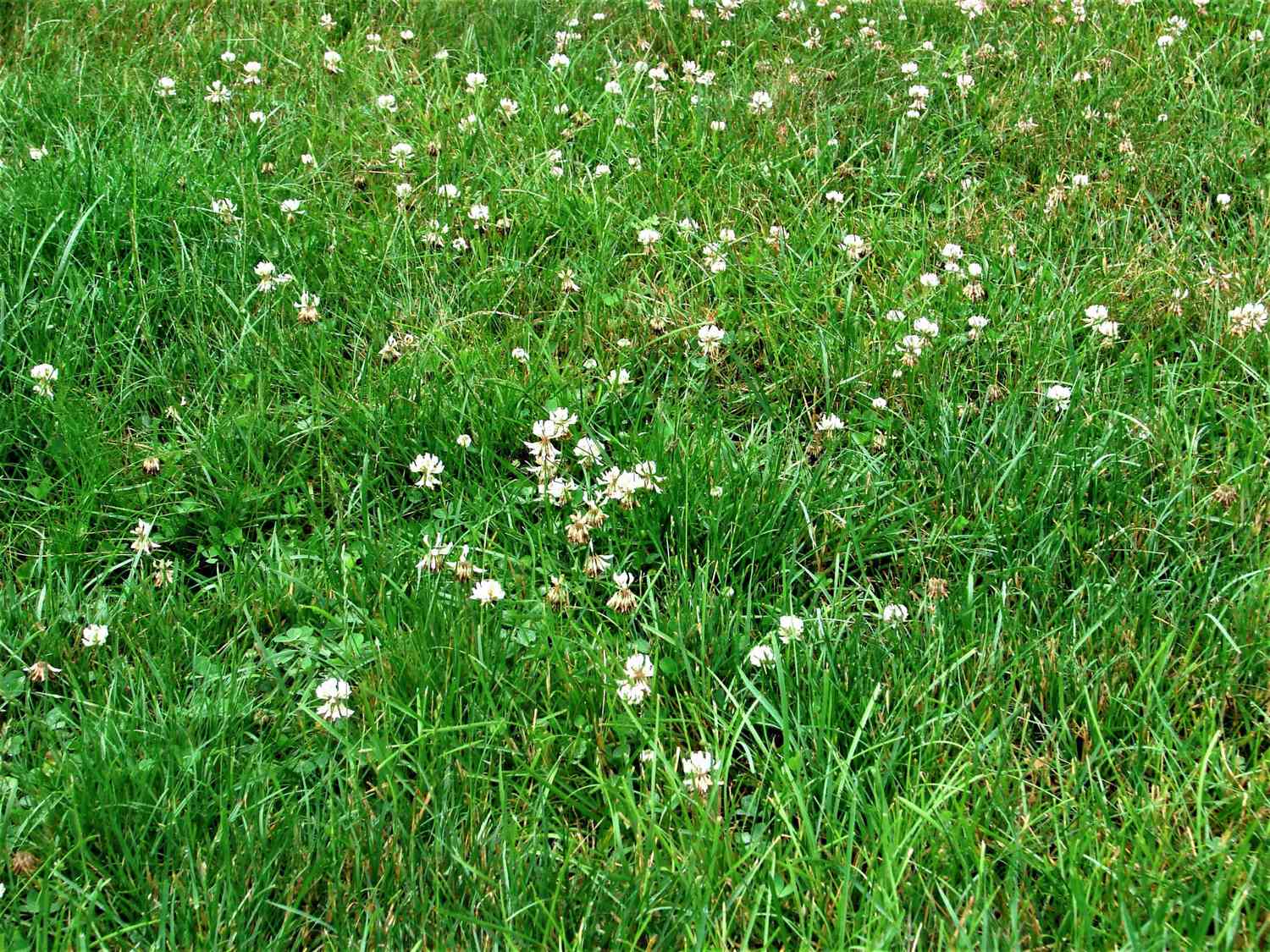
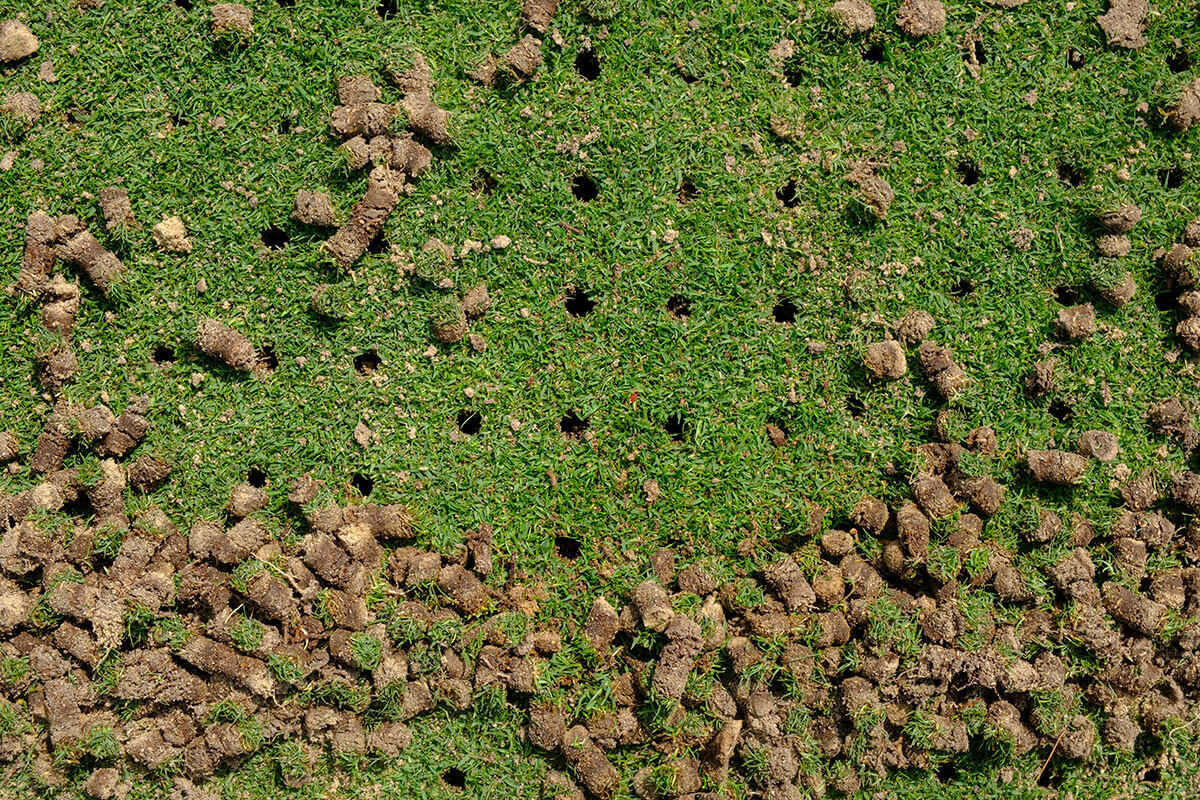
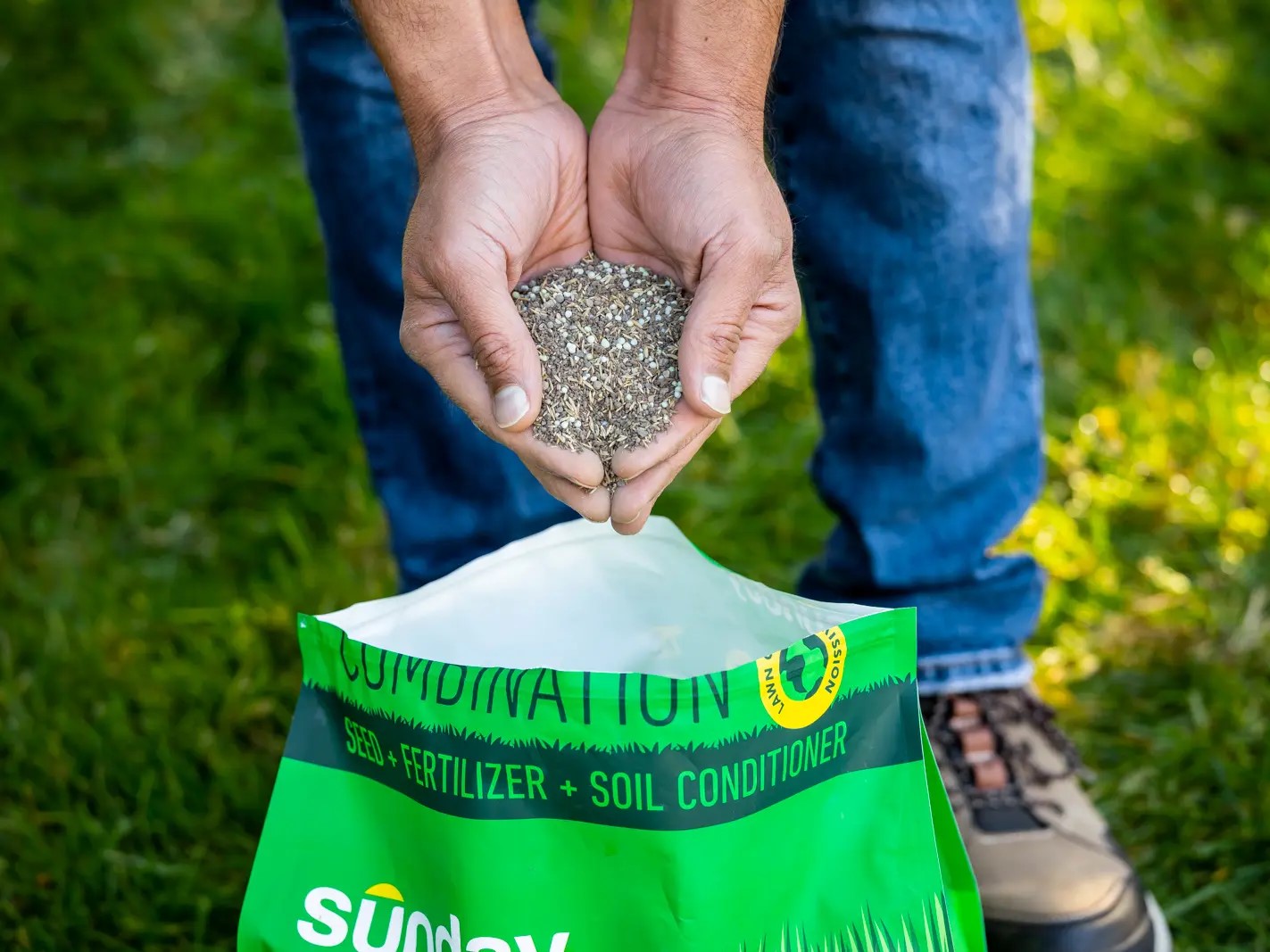
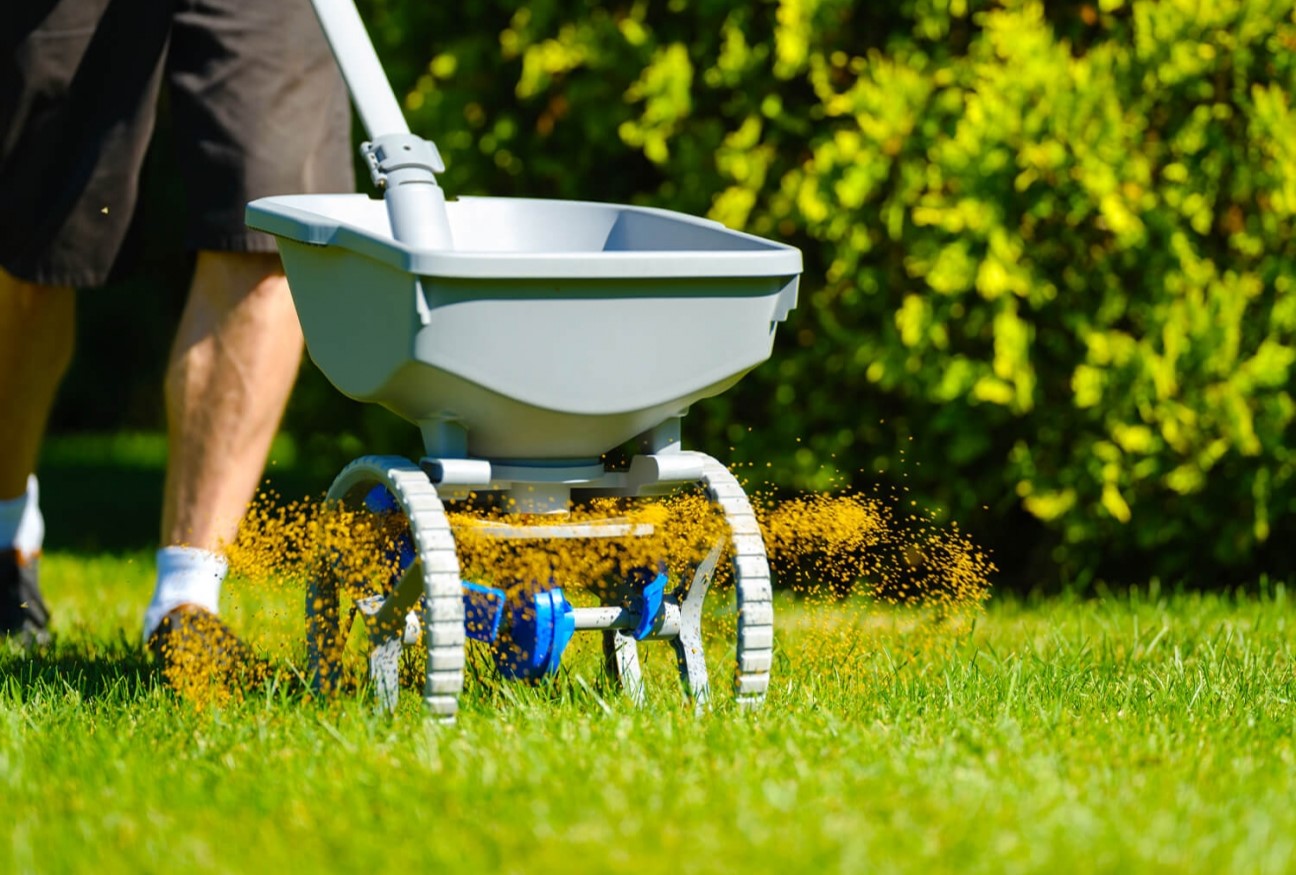
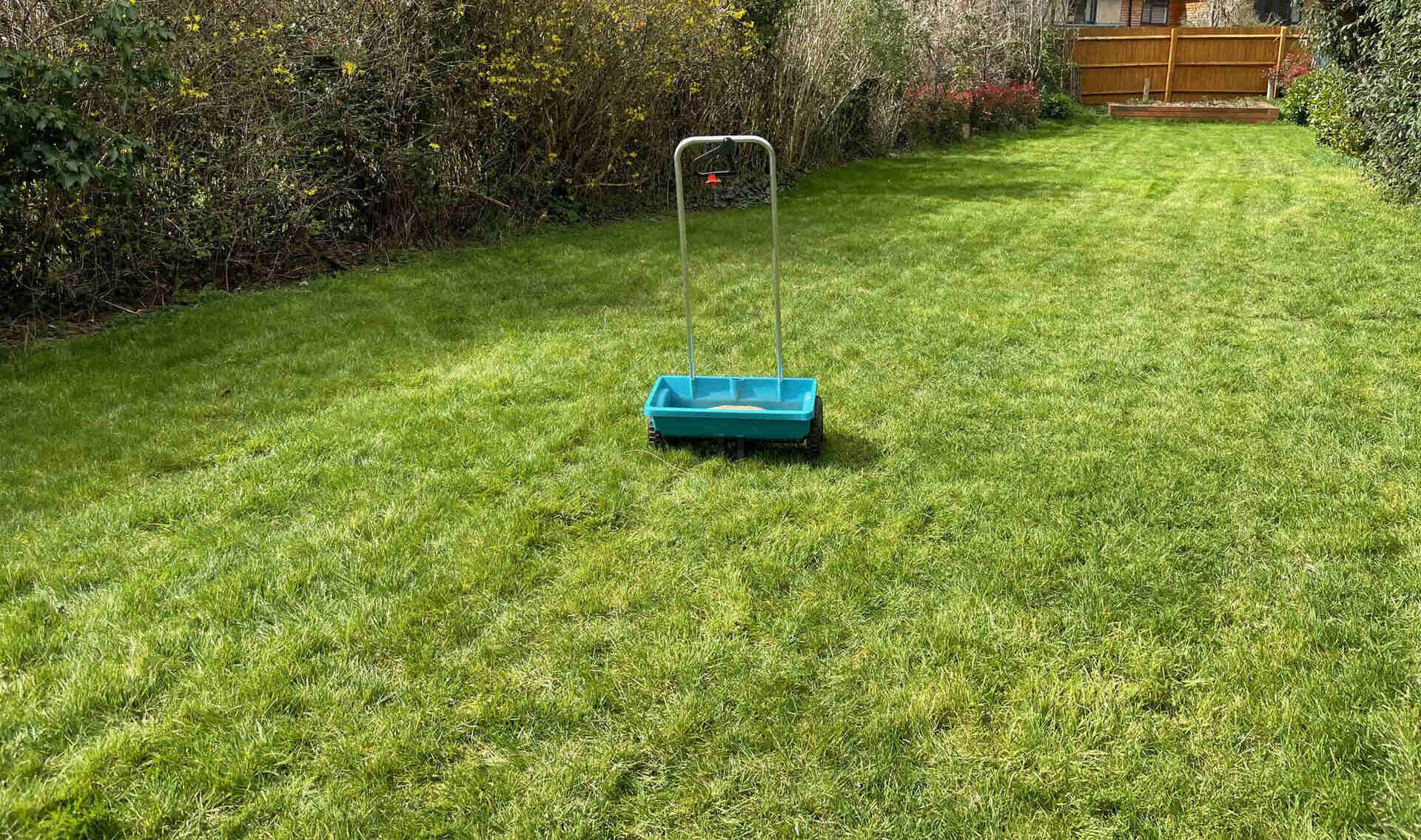
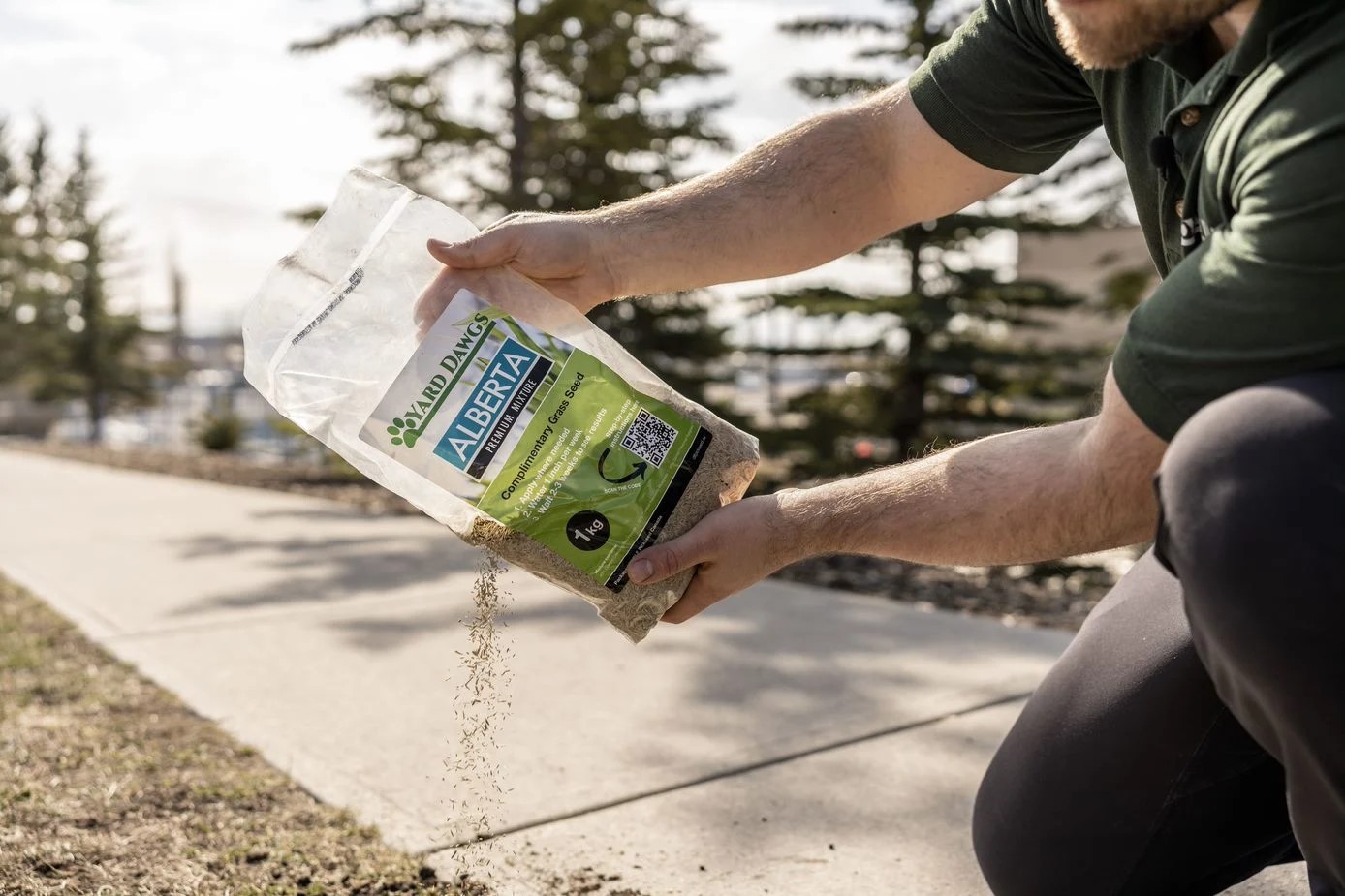

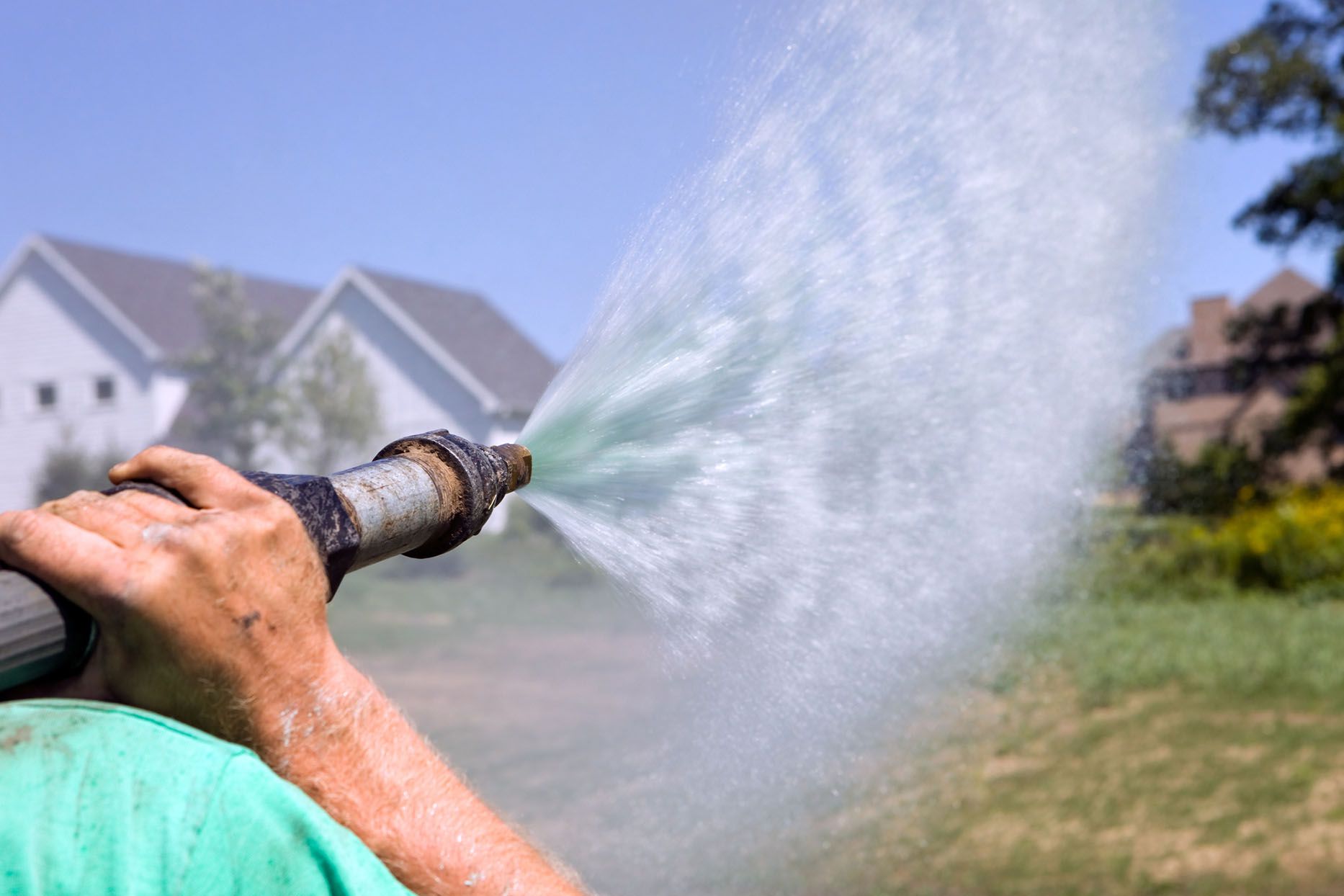
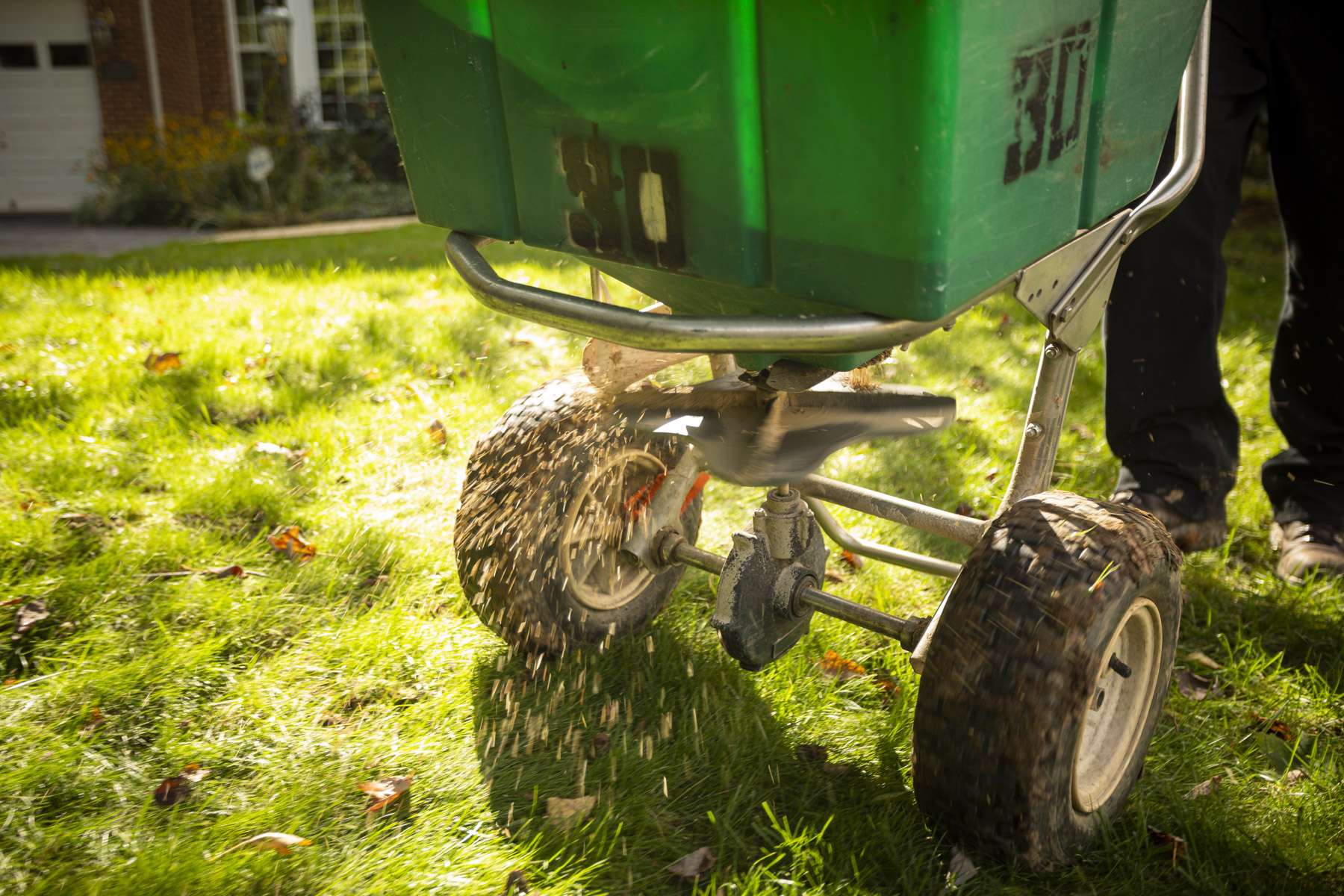

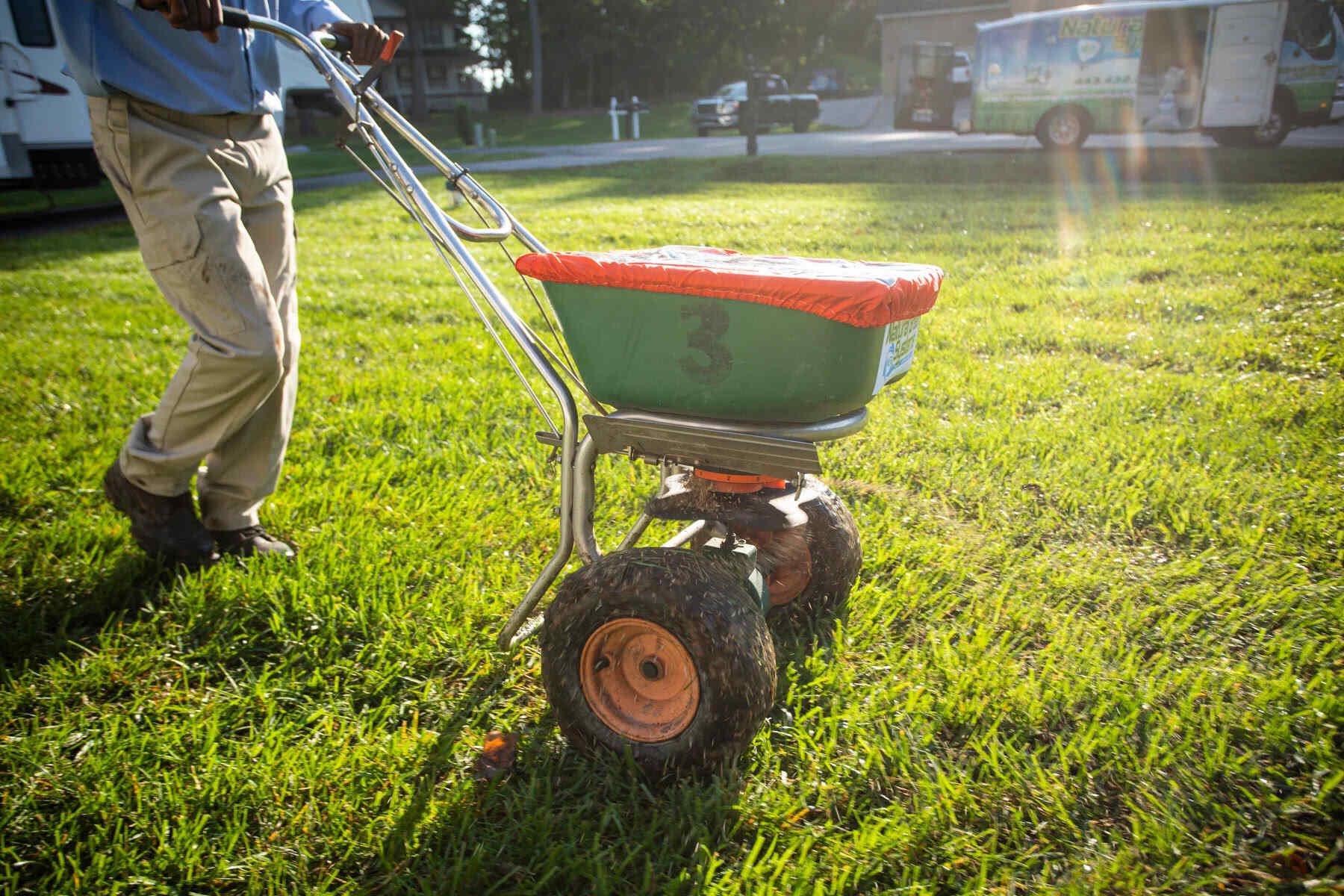
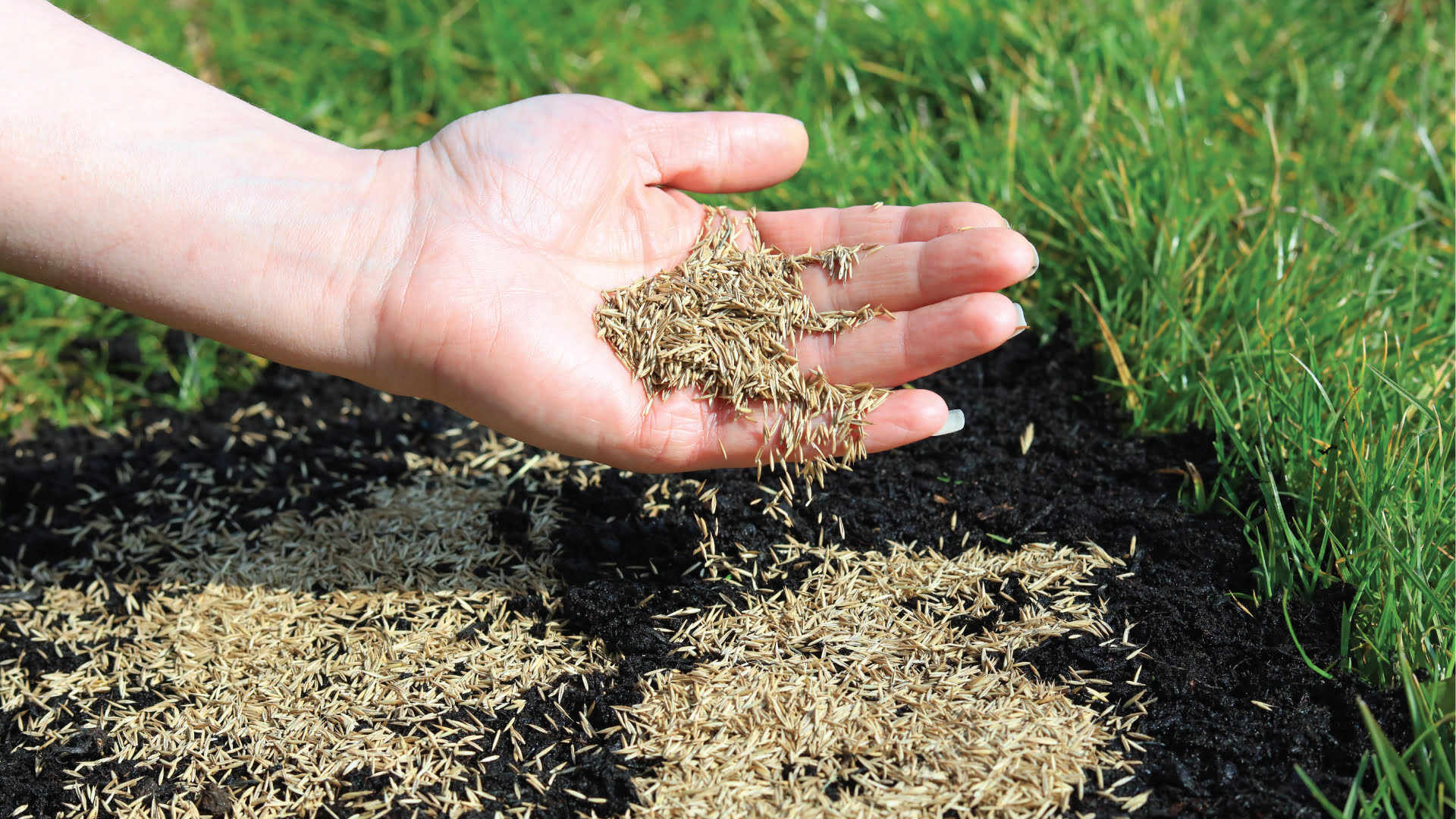

0 thoughts on “When To Seed Lawn In NJ”